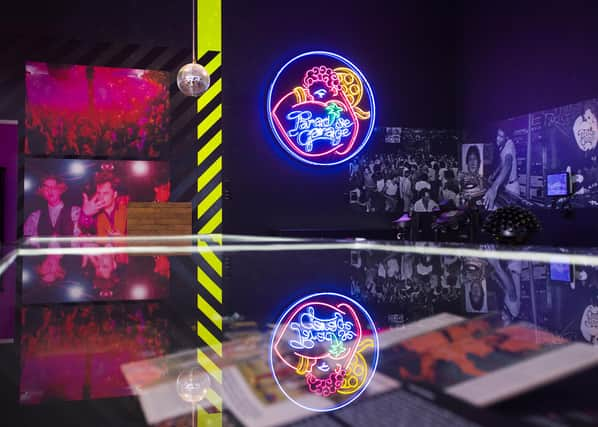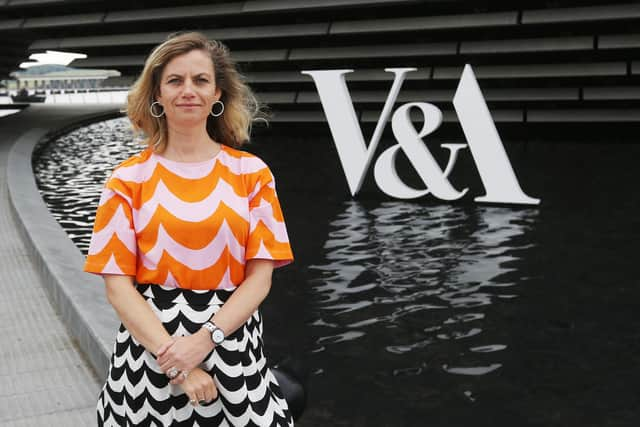The V&A’s caught a dose of Night Fever with its latext exhibition - Leonie Bell


As society begins to tentatively reopen, and as we all adjust and look to the future with hope and optimism, V&A Dundee has opened our latest major exhibition, Night Fever: Designing Club Culture.
V&A Dundee is the only place in the UK to show this exhibition, supported by players of People’s Postcode Lottery. It explores the design history of clubs from the 1960s to the present day, taking you from Italy to New York, then to London and Manchester, Berlin, Beirut and Detroit, before ending with a special new section dedicated to Scotland’s distinctive club culture from 1987 to 1997.
Advertisement
Hide AdAdvertisement
Hide AdI grew up near Dundee and moved to Glasgow in 1993 for university, returning to Dundee in late 2020. Clubs, and club nights, were one of the ways that I got to know Glasgow. I never saw myself as a proper clubber, though lots of my friends were. Glasgow is a clubbing and music city, and clubs were as important to my experience of Glasgow as lecture halls, art galleries, gigs, museums, theatres, and libraries.


I loved Bar 10, a pre-club bar, opposite The Lighthouse where I worked in the 2000s. It was designed by Ben Kelly who did the interior design of The Haçienda. It was such an important interior design for Glasgow to have. The interior has changed in recent years, but the neighbouring DLC Hairdressing still retains a Ben Kelly interior.
Night Fever: Designing Club Culture has opened at a time when clubs and music venues remain closed, which gives the exhibition a depth that for many visitors is deeply personal and emotional. For some visitors it is nostalgic, looking back to carefree, youthful times. For others it tells the story of social and political change, as clubs have often been radical, safe, and inclusive spaces that challenged established views, in turn influencing wider society.
Design history is social history. Night Fever tells this story through clubs, showing that the design of clubs, from architecture, interiors, lighting, fashion, visual communication, music, performance, and technical innovation come together to create extraordinary environments and experiences, individual and collective. Night Fever contains models, flyers, clothes, a dancefloor and The Haçienda’s mirror ball. It is through the photos, films of people dancing and the music that each space is brought to life.
Clubs are critical parts of cities and towns, often colonising forgotten buildings and spaces, redesigning and re-imagining them for a new generation. Night Fever looks back, and by doing so it encourages us to look to the future, to wonder what comes next. In the last room of the exhibition, dedicated to clubs in Scotland, there is a film by ISO from an under-18s night at Glasgow’s Sub Club from 1998. It is compelling viewing, capturing a moment, an energy, and a place. It highlights that youth is fleeting, yet those carefree, exhilarating experiences endure and shape us.
Night Fever positions clubs as not just a crucial part of culture, but of society more widely. They are vital spaces in towns and cities, part of the rich fabric of what makes all of us creative, expressive and connected human beings, and they often herald positive change.
We are delighted that we can take this opportunity, as Scotland’s design museum, to shine a light on why clubs matter so much to design history, to the present, and of course to the future.
Leonie Bell is Director of V&A Dundee. To find out more please visit www.vam.ac.uk/dundee
Comments
Want to join the conversation? Please or to comment on this article.